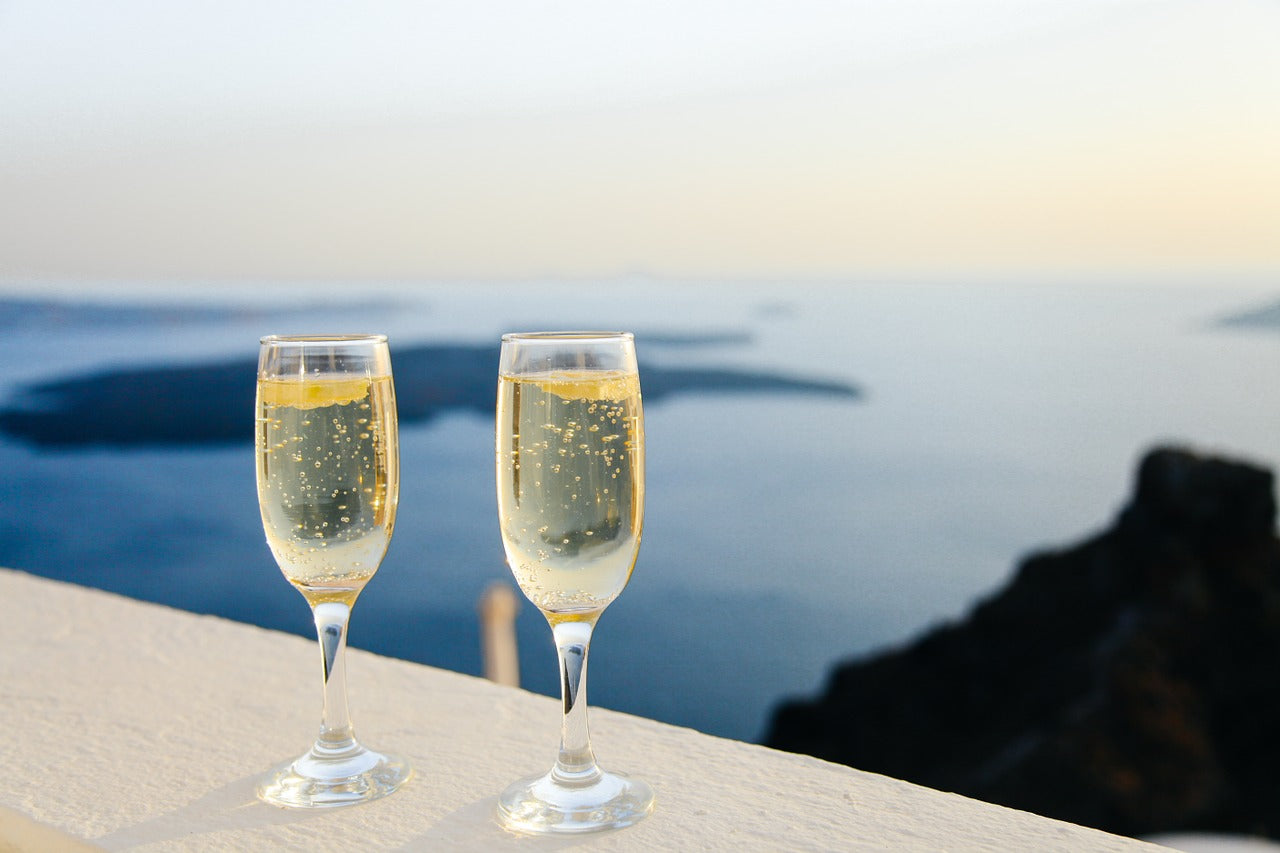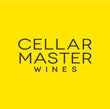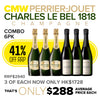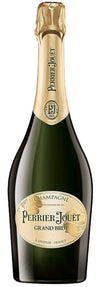What is the difference between "Champagne" and "Sparkling Wine?
Champagne can only be made in the Champagne region of France using grapes sourced only from that region. Wine made in the style of champagne, if it is produced outside of the Champagne region of France, even if it uses the same processes, cannot be called champagne. The champagne name is protected by Law and the Comité Interprofessionel du Vin Champagne (CIVC) in France, who actively police and prosecute those who misuse the name Champagne.
What is the difference between sparkling wine and prosecco?
Strictly speaking, Prosecco is a sparkling wine in that it has bubbles and is made outside of the Champagne region. Prosecco like champagne are taking steps to protect the use of the word Prosecco by winemakers outside of the Prosecco region. This is policed by the Consorzio Prosecco who are tasked with protecting against the use of the Prosecco name outside of the traditional production area in NE Italy and they also promote the sales of beverage globally. The result is that the grape variety used for Prosecco (also called Prosecco) is now named Glera when grown outside of the Prosecco region and ‘Prosecco” when grown within the limits of the Prosecco region.

How long can you keep a bottle of sparkling wine?
Not very long - a year or so - as sparkling wines are generally designed to be enjoyed young.
How to keep sparkling wine fizzy?
The first rule of keeping bubbles in your sparkling wine is to keep it cold right from opening and through to storage in the fridge. CO2 is more soluble at low temperatures, so remains dissolved within the wine. If the wine gets warm, the CO2 is released and the wine goes flat. So keep you fizz in an ice bucket during service and then stopper it with a champagne stopper to store in a fridge. If you haven’t got a wine stopper, then cling film, secured with a rubber band, will do in a pinch. If there is only a small amount of the fizz left, decant it into a smaller “split” bottle with a screw top lid and refrigerate it. Finally, some things not to do; Don’t ever use a vacuum pump to seal a bottle of sparkling wine, as not only will the oxygen being sucked out of the bottle, the CO2 will be removed too, leaving your wine flat. Also, please do not try to “re-fizz” your wine in a Sodastream - the wine will be over-charged with CO2 and will explode everywhere the moment you remove the bottle from the machine!

Can sparkling wine be used in cooking?
Yes, this is an excellent way to use up a small amount of sparkling wine. For Desserts you can make a Sabayon with the wine to serve with cake or vanilla ice cream. If you prefer savoury recipes then use it for chicken fricassee, to baste a roast chicken and its even a very good base for a French salad dressing!
When to serve sparkling wine?
Whilst Champagne can be used in cocktails, it would seem a waste of their fine flavour and they are traditionally more expensive than sparkling wine from other countries. There are very premium sparkling wines made internationally but if you're looking to make a 'Champagne' style cocktail it's best to find a cheaper every day sparkling wines as the cocktail blending will masquerade many of the flavours of the wine. Sparkling wine can be lighter and fresher than Champagne, and make great Aperitif's however, they also pair well with seafood, foie gras and asian dishes along with salads and lighter style fish. Sweeter style sparkling wines pair well with cake, fresh berries, fruit tart or even biscotti at the end of a meal.

Which sparkling wine is sweet?
Crémant labelled Demi - Sec is a sweet style; Proseccos can be sweet if they do not have the word ‘Dry’ on the label, Sweet Cuvée Cava’s such as Freixenet Cordon Negro, and any white or pink Moscato wines which are very sweet and fruit forward.
What is sweet sparkling wine called?
If you are looking for a SWEET sparkling wine then pick ones with the following phrases on the label; Demi Sec/Sec/Seco - these are wines which are a little bit sweet at between 17 to 32 g/l of residual sugar. Bottles with the phrases Demi Sec / semiseco are Semi sweet wines at between 32 - 50g/l of residual sugar. The most sweet examples are Dulce or Doux wines which are very sweet at over 50 g/l of Residual Sugar. All Moscato's are reliably sweet regardless of where they come from and Prosecco's usually are sweeter in style but you do need to ask when buying or know the brand yourself as Prosecco's can also be delightfully dry.

How do you drink sparkling wine?
Sparkling wine is best served between 6 to 10 degrees celsius and in a champagne flute. Ideally NV sparkling wines are consumed in the year of the vintage.








